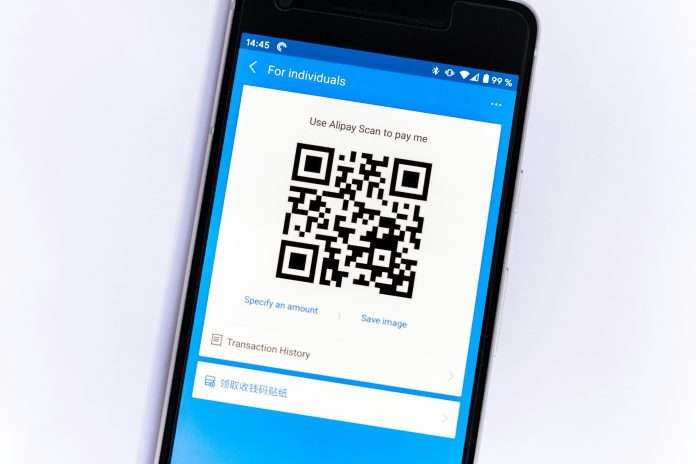In 1974, a landmark moment in retail occurred when Wrigley’s gum was scanned at an Ohio supermarket, introducing barcodes as a cornerstone of modern commerce. Since then, barcodes have evolved into indispensable tools, driving both customer satisfaction and operational efficiency. As retail ventures further into the future, emerging technologies like augmented reality (AR) are converging with traditional barcode systems, heralding a transformative era in consumer interaction and inventory management. Scanbot SDK delves into the evolution of barcode scanners.
Over time, a plethora of specialised barcode symbologies have emerged, providing retailers with options tailored to their specific requirements.
Understanding the distinction between 1D and 2D barcodes is crucial for informed decision-making.
1D barcodes encode data through a series of lines, ideal for basic functions such as product identification and swift price checks at the point of sale. However, their capacity to store information is limited.
In contrast, 2D barcodes boast expanded data storage capabilities, accommodating product details, website links, images, and more within a compact square or rectangle. This versatility allows for diverse applications, from delivering comprehensive product information to engaging customers through interactive content.
Selecting the appropriate barcode for a retail enterprise hinges on several factors, including product nature, operational scale, and customer interaction strategies.
Beyond their foundational roles in retail, barcodes have evolved to serve multifaceted functions, extending far beyond cashier transactions and inventory oversight.
Scan & Go, a mobile self-checkout initiative, offers myriad benefits for both consumers and retailers alike. Empowering customers to utilise their smartphones for real-time barcode scanning during shopping expeditions not only minimises wait times but also fosters flexible and personalised retail experiences.
Augmented reality (AR) barcodes represent a cutting-edge avenue for retail enterprises to enhance customer engagement and elevate the shopping journey. By integrating 2D barcode data with smartphone technology, AR overlays provide consumers with immersive content such as product details, reviews, and virtual try-on options, bridging the gap between physical and digital shopping realms.
Transitioning from traditional handheld scanners to smartphone-based barcode scanning software marks a pivotal stride for retailers aiming to modernise customer interactions. Beyond swift and accurate barcode reading, mobile scanning solutions enhance the overall retail experience by seamlessly integrating into existing systems, offering greater efficiency and adaptability.
Copyright © 2024 InsurTech Analyst


